Ulaanbaatar - Mongolia's Capital City
Ulaanbaatar (UB) is a city I call home, and it’s a place that stirs strong reactions among its visitors. Some fall in love with its unique charm, while others may find it more challenging to appreciate. Personally, I love it.
For those visiting Mongolia, the country’s vast wilderness and breathtaking landscapes are often the main draw. But UB, while not always love at first sight, shouldn’t be dismissed too quickly. Beneath its surface lies a city rich in history, resilience, and culture—a city worth exploring.
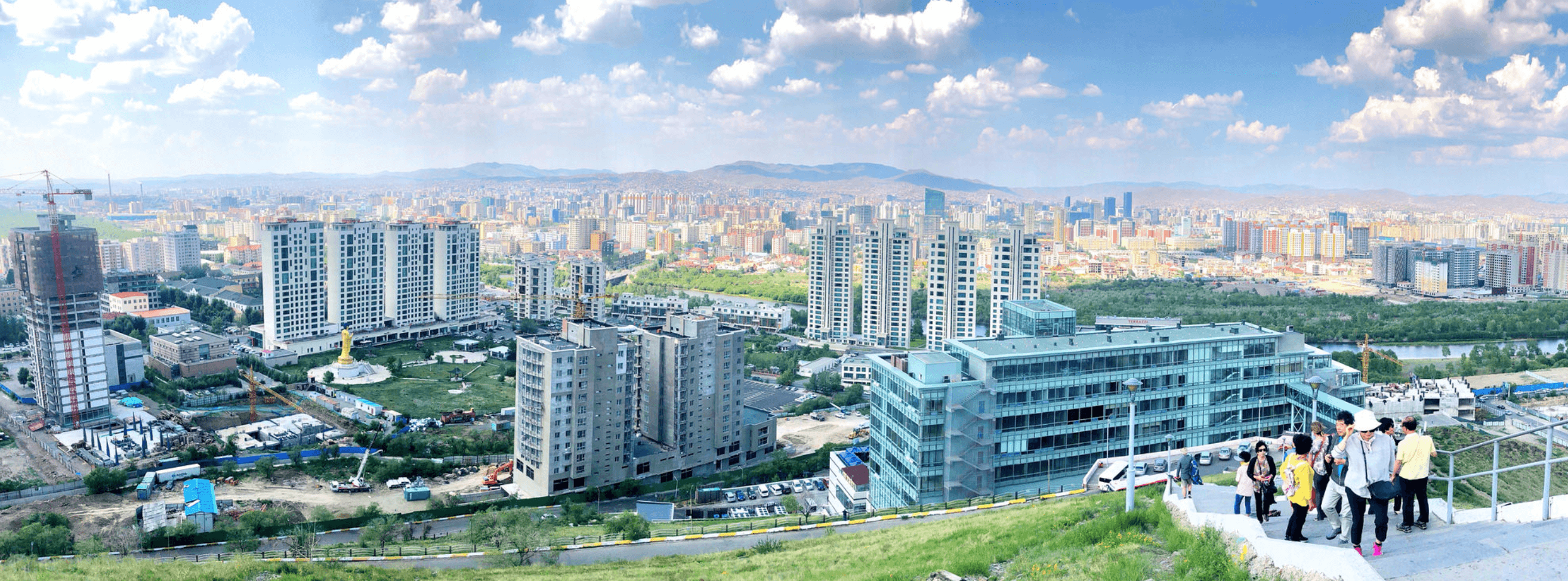
Ulaanbaatar in Numbers
Did you know that UB accounts for more than 50% of Mongolia’s population? According to the 2020 Census, about 1.5 million people reside in the city. With Mongolia’s total population just over 3.4 million, UB is undeniably the heart of the nation. In reality, the number is likely higher due to fluid population movements typical of capital cities.
UB’s population density has grown significantly over the years. In 2000, it was 162 people per square kilometer, rising to 246 in 2010 and reaching 312 by 2020. Compare that to Mongolia’s national average of just 2.0 people per square kilometer, and you begin to grasp UB’s unique position as a bustling urban hub in a sparsely populated country.
A Modern City with a Nomadic Heart
UB is a city of contrasts where 21st-century technology and commerce coexist with traditions rooted in a nomadic past.
Originally a monastic city, UB was once nomadic itself, moving to find pasture for the livestock of its monasteries. It finally settled in its current location in the Tuul River Valley in 1778, becoming a center for pilgrimage, religious learning, and international trade. Camel caravans and merchants once thronged its streets, and its 18th-century Buddhist architecture was a focal point of the city.
Today, more than 60% of UB’s residents live in ger districts. These neighbourhoods—home to families living in gers (traditional felt tents) or self-built detached houses—surround the modern downtown. Each family’s plot of land (hasha) is often enclosed by wooden or metal fencing.
Life in the ger districts can be challenging due to limited infrastructure—most homes lack sewerage, running water, or central heating. Yet, these districts represent more than hardship. They are vibrant communities that embody the independence and resilience central to Mongolian identity.
Interestingly, the ger districts are not only home to recent migrants or low-income families. Many professionals and successful city workers also choose this lifestyle. The government aims to transition residents to apartments, but ger districts remain a testament to the creativity and resourcefulness of their inhabitants.
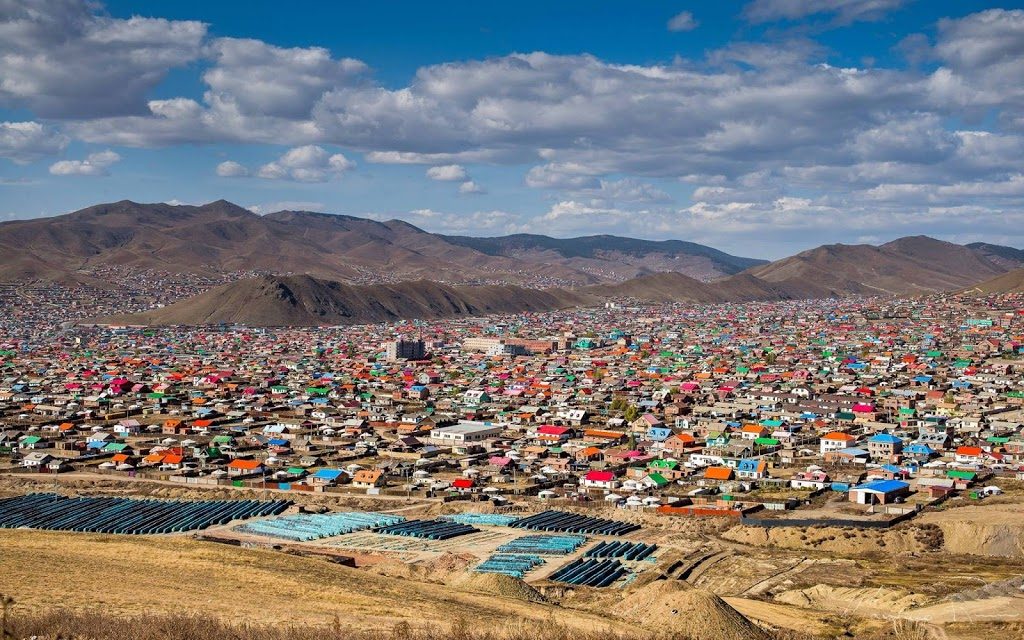
Every Mongolian citizen is entitled to claim 0.7 hectares of land, which is often enclosed by a hasha (a wooden or metal fence) within the ger districts. Life in these districts can be challenging, but for many residents, the autonomy and sense of freedom it provides are deeply valued. For those living in gers, this lifestyle remains central to their cultural identity.
The ger districts are not solely home to new migrants from the countryside or impoverished residents. Many successful city workers also choose to live here. Housing in the ger districts primarily consists of two types: the traditional ger and self-built detached houses. What distinguishes the ger districts is their lack of connection to essential infrastructure—such as sewerage, running water, or central heating.
These semi-formal, unplanned ger districts have been a vital part of UB’s fabric since its establishment in the 17th century. While the government is eager to transition residents into modern apartments, these neighborhoods remain vibrant communities driven by resourceful and innovative individuals. Local residents and organizations are actively addressing the challenges of limited infrastructure, using creativity and collaboration to enhance the quality of life. Their efforts not only improve daily living conditions but also preserve the cultural and social essence that makes these districts unique.
A Changing Skyline
The image below from Wikipedia, taken in 1913, shows Gandan Monastery dominating UB’s skyline, surrounded by ger districts. A century later, the ger districts still encircle the monastery, but the city has transformed significantly.
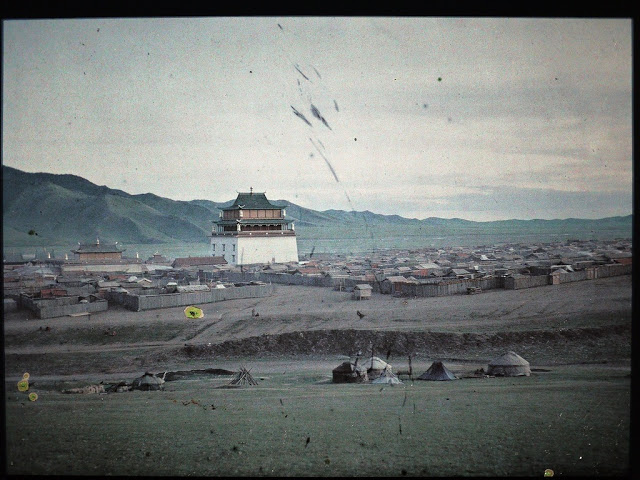
The following image, captured by an EL guest, showcases the ovoo from approximately the same vantage point as the earlier photo. Though more than a century has passed between the two images, the ger districts continue to encircle Gandan Monastery, reflecting the enduring connection between UB’s history and its present-day urban landscape.
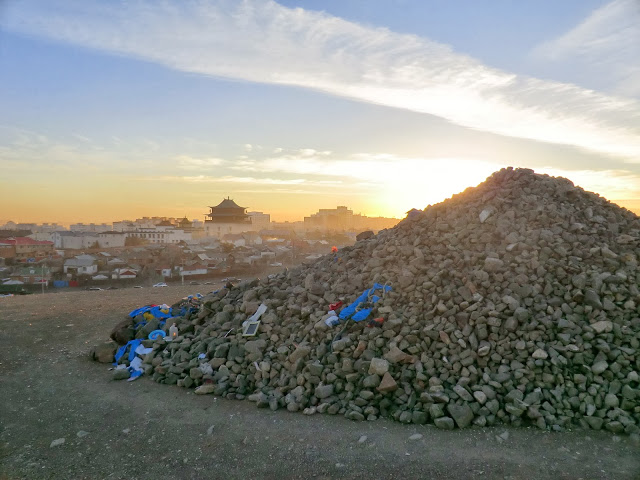
From "Red Hero" to the 21st Century
UB has had many names over the centuries, but “Ulaanbaatar” (Red Hero) was adopted in 1924 when Mongolia became the Mongolian People’s Republic. Under Soviet influence, the city underwent profound changes, losing much of its oriental character.
Today, UB is a city of extremes. It faces significant challenges, including traffic congestion, pollution, waste management, social inequality, and infrastructure gaps. It’s also known as the coldest capital in the world.
Yet, UB is more than its struggles. It’s a dynamic, cosmopolitan city with a strong sense of identity. As the cultural and economic center of Mongolia, UB offers a fascinating blend of history, resilience, and modern ambition.
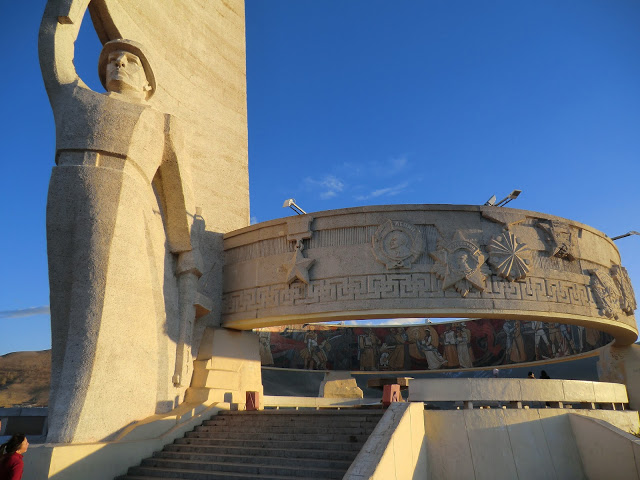
Discovering UB
WaGuidebooks can only take you so far—Ulaanbaatar is a city that truly comes to life through curiosity and exploration. To understand its essence, you must delve beyond the surface to uncover a rich tapestry of history and vibrant culture. From its nomadic beginnings to its dynamic modern identity, UB is a city shaped by contrasts and a deeply layered past. By embracing these perspectives, you’ll unveil a city full of unexpected surprises, one that reveals its unique charm and captivating depth.
For every guest joining an Eternal Landscapes (EL) experience, we offer a complimentary, relaxed tour of Ulaanbaatar, along with our free guidebook to help you discover its local side. Not traveling with us? Consider one of our Mongolia one-day experiences or check out our series of blogs on exploring UB like a local.
Who knows? You might even fall in love with it.
Warmly, Jess @ Eternal Landscapes













